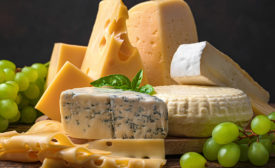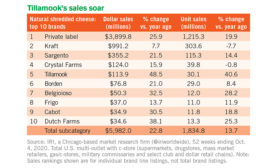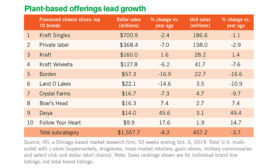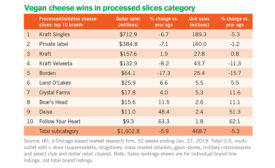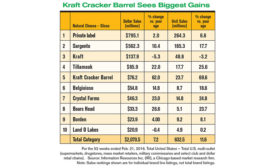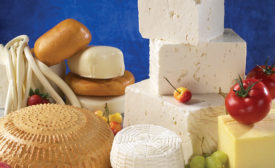Home » Keywords: » cheese sales data
Items Tagged with 'cheese sales data'
ARTICLES
Cheese sales explode in retail channels
Both the natural and processed cheese categories saw double-digit dollar sales gains.
November 16, 2020
Convenient cheese formats rule
Cheese processors also will find growth opportunity in snackable options and adventurous flavors.
May 11, 2020
Natural cheese continue to climb
In the ongoing battle for sales, natural cheese continues to outshine processed cheese
December 5, 2019
Sales of cheese slices, strings outpace other forms
Consumer preference for natural cheeses in slices and strings/sticks rise, but shredded cheese is the overall category leader.
April 11, 2016
Get our new eMagazine delivered to your inbox every month.
Stay in the know on the latest dairy industry trends.
SUBSCRIBE TODAYCopyright ©2024. All Rights Reserved BNP Media.
Design, CMS, Hosting & Web Development :: ePublishing
